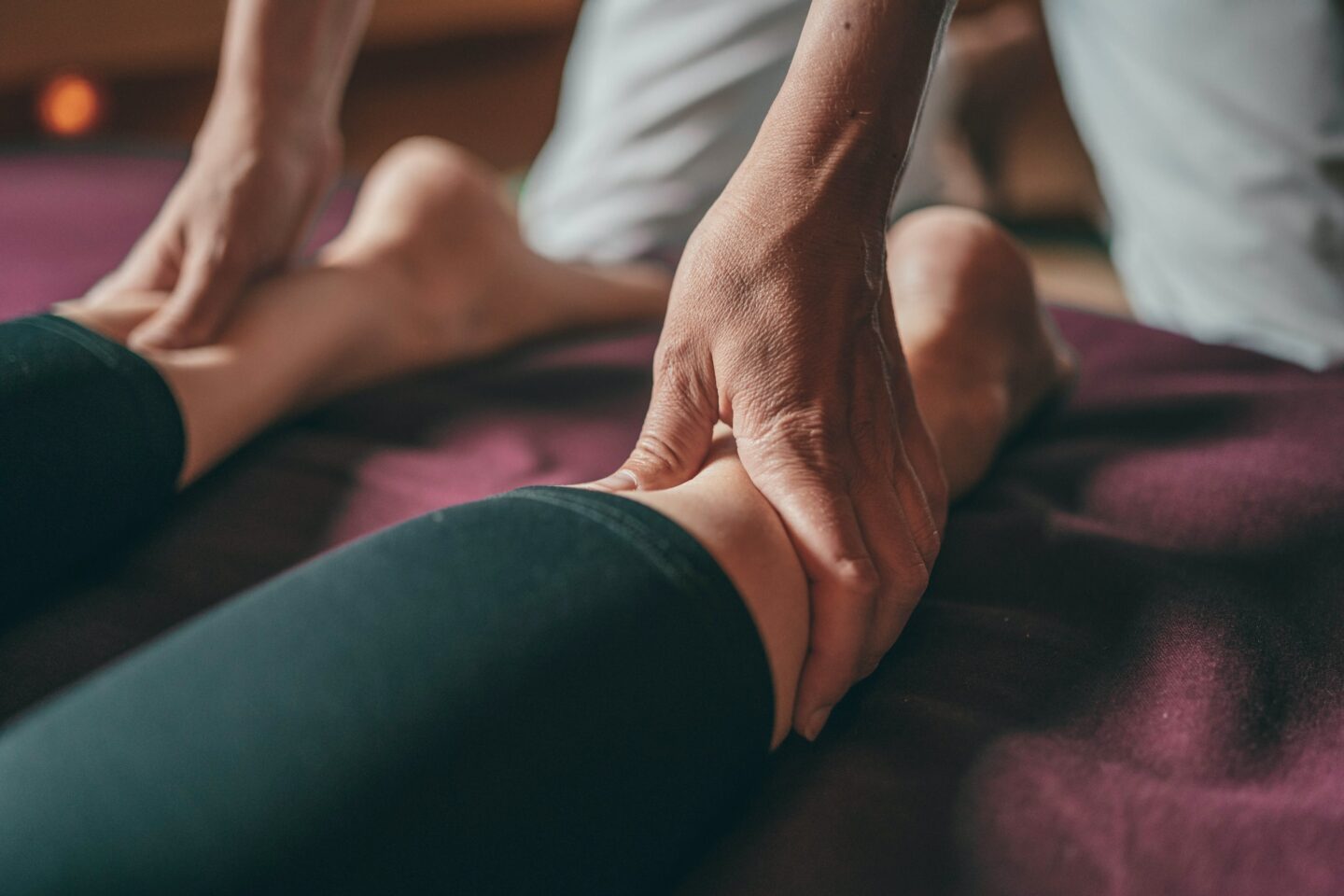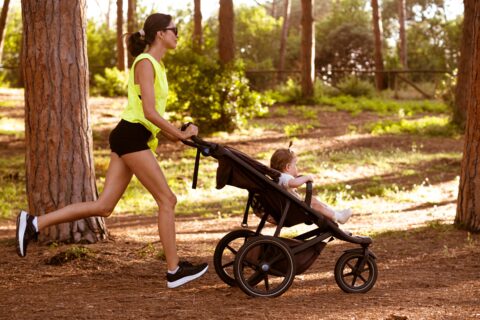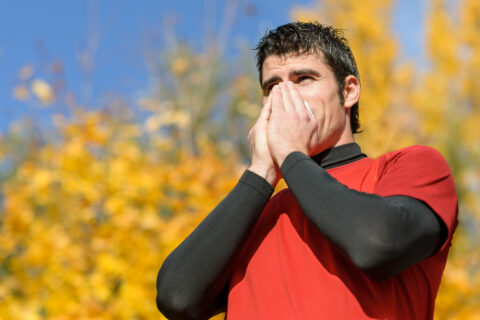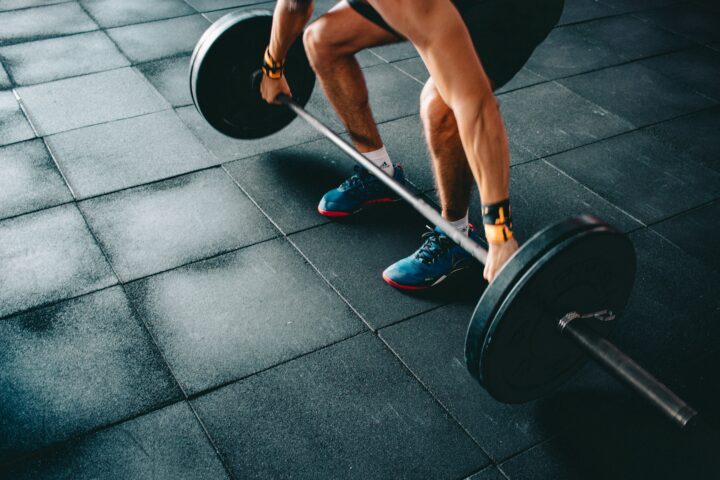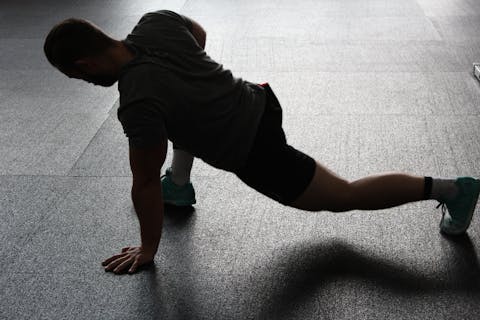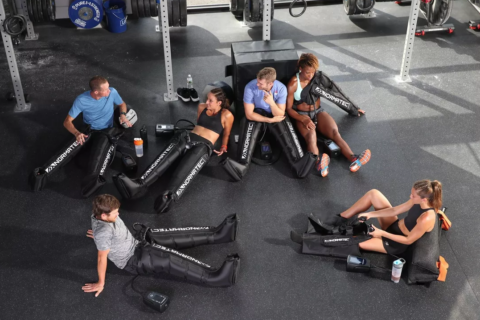Long-held beliefs about the benefits of massage are not backed by science. But that doesn’t mean you should stop seeing your favorite therapist. We explain.
Long-held beliefs about the benefits of massage are not backed by science. But that doesn’t mean you should stop seeing your favorite therapist. We explain.
